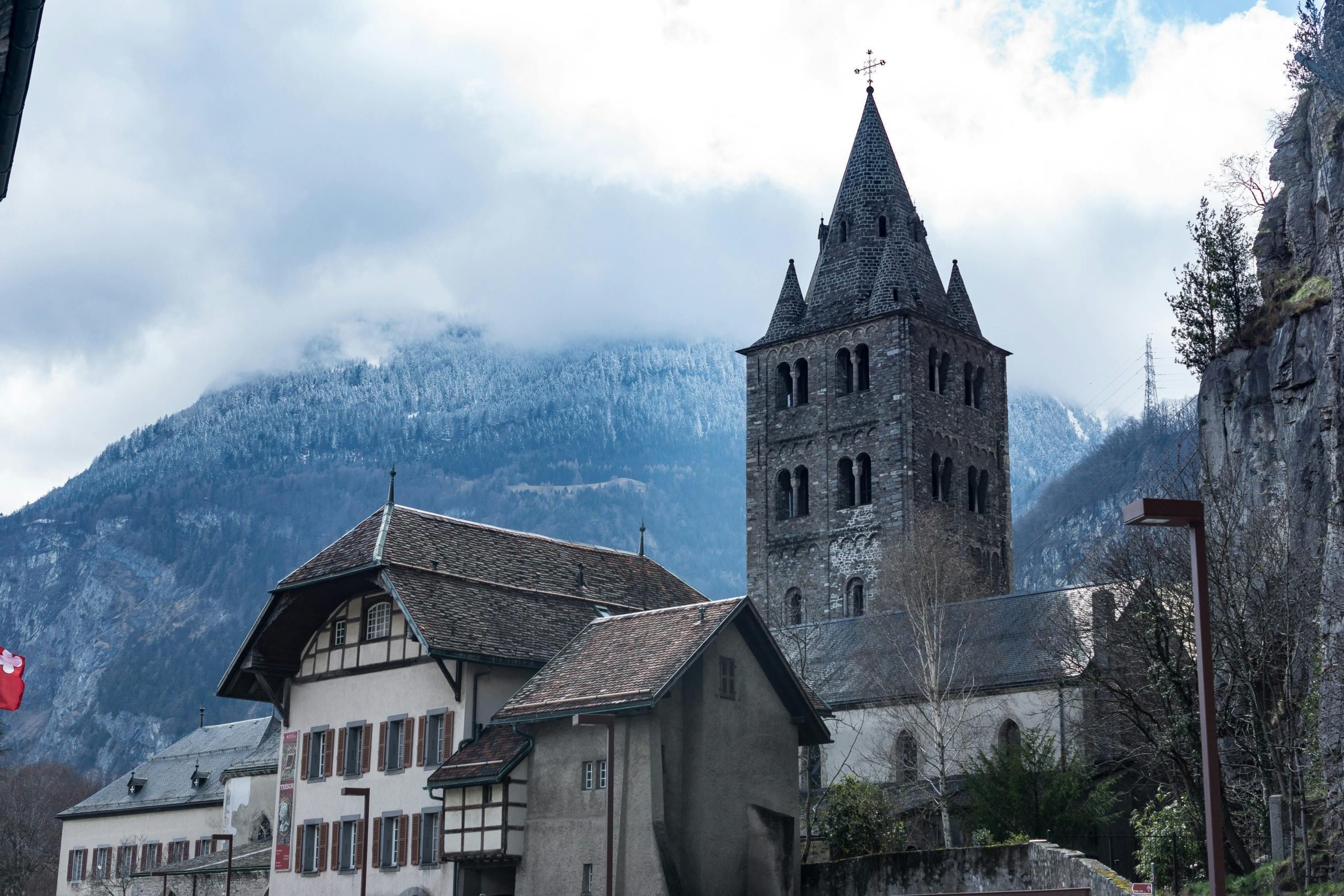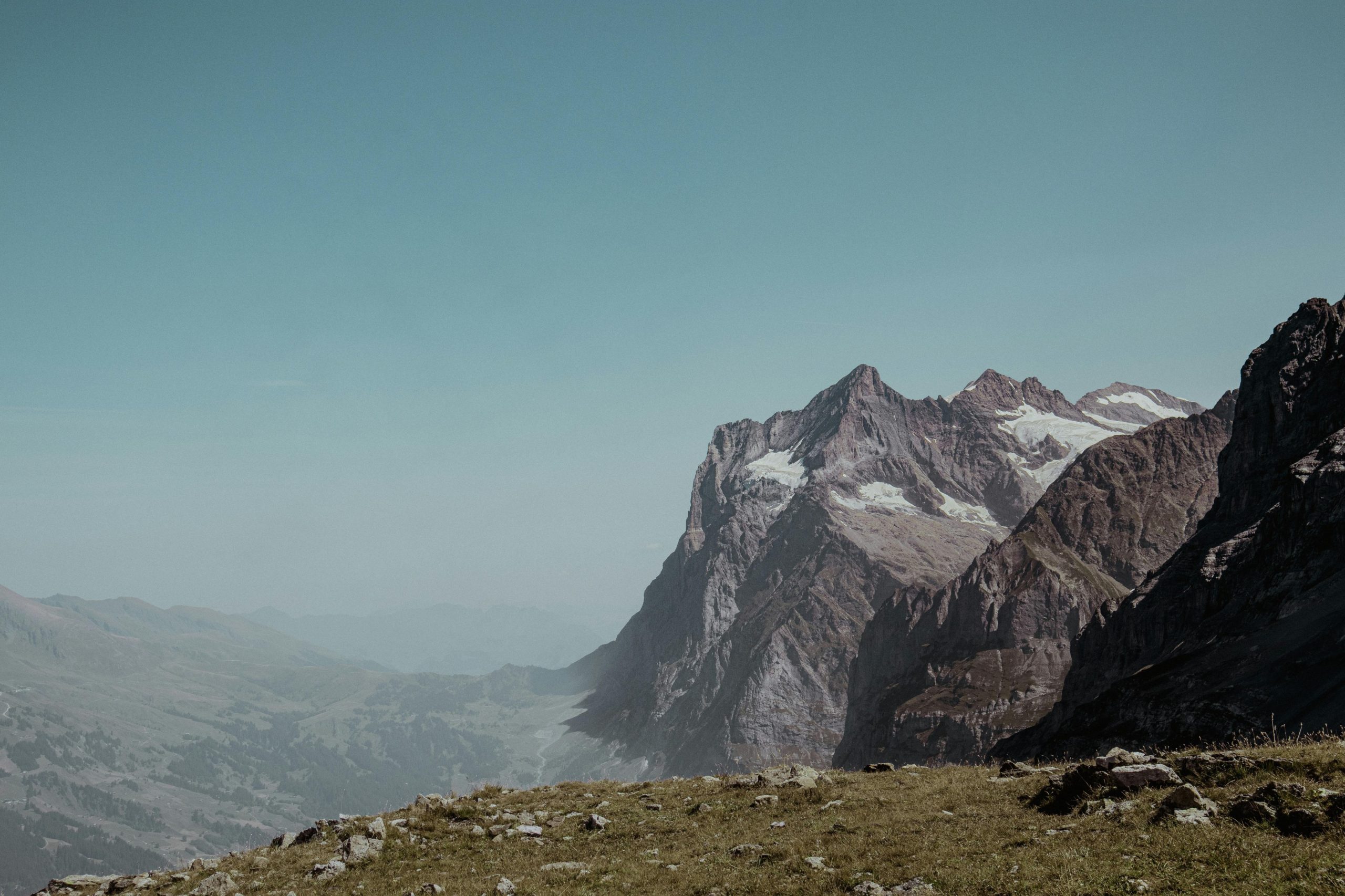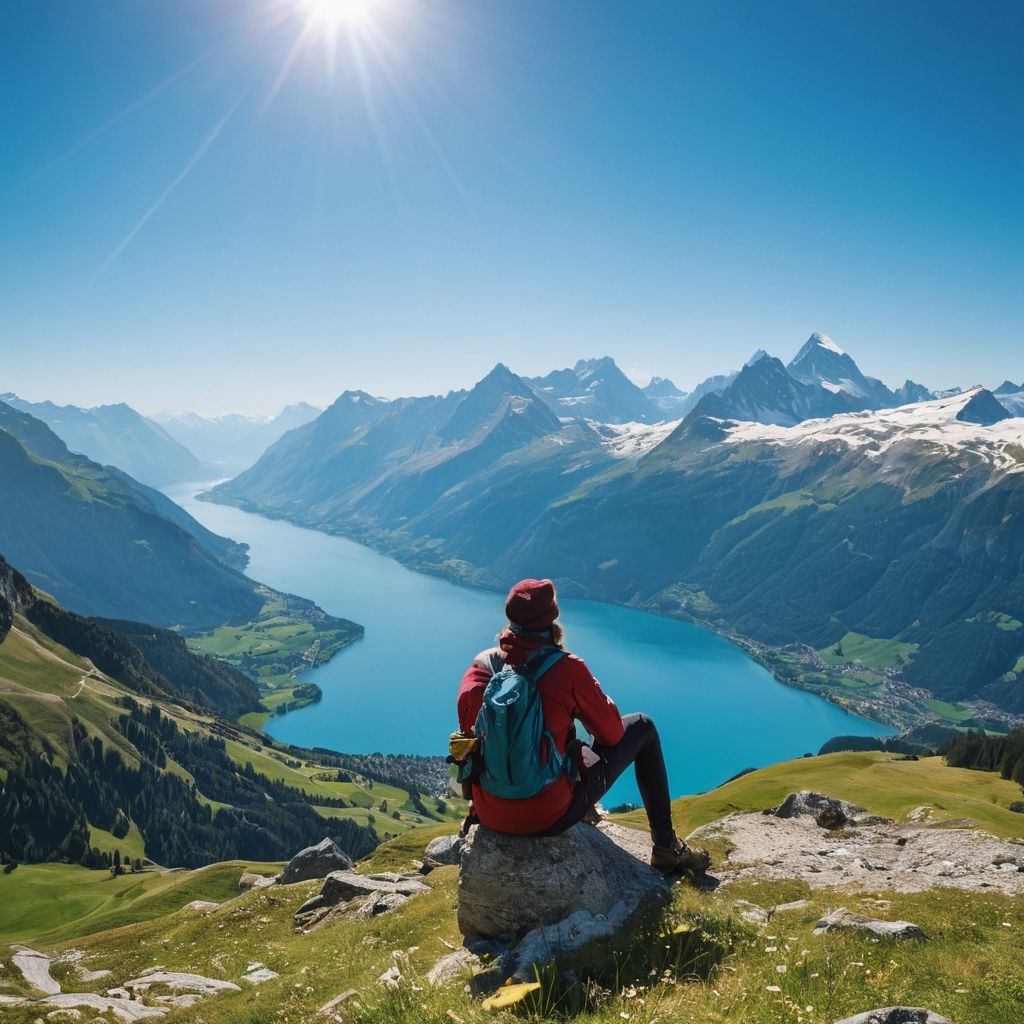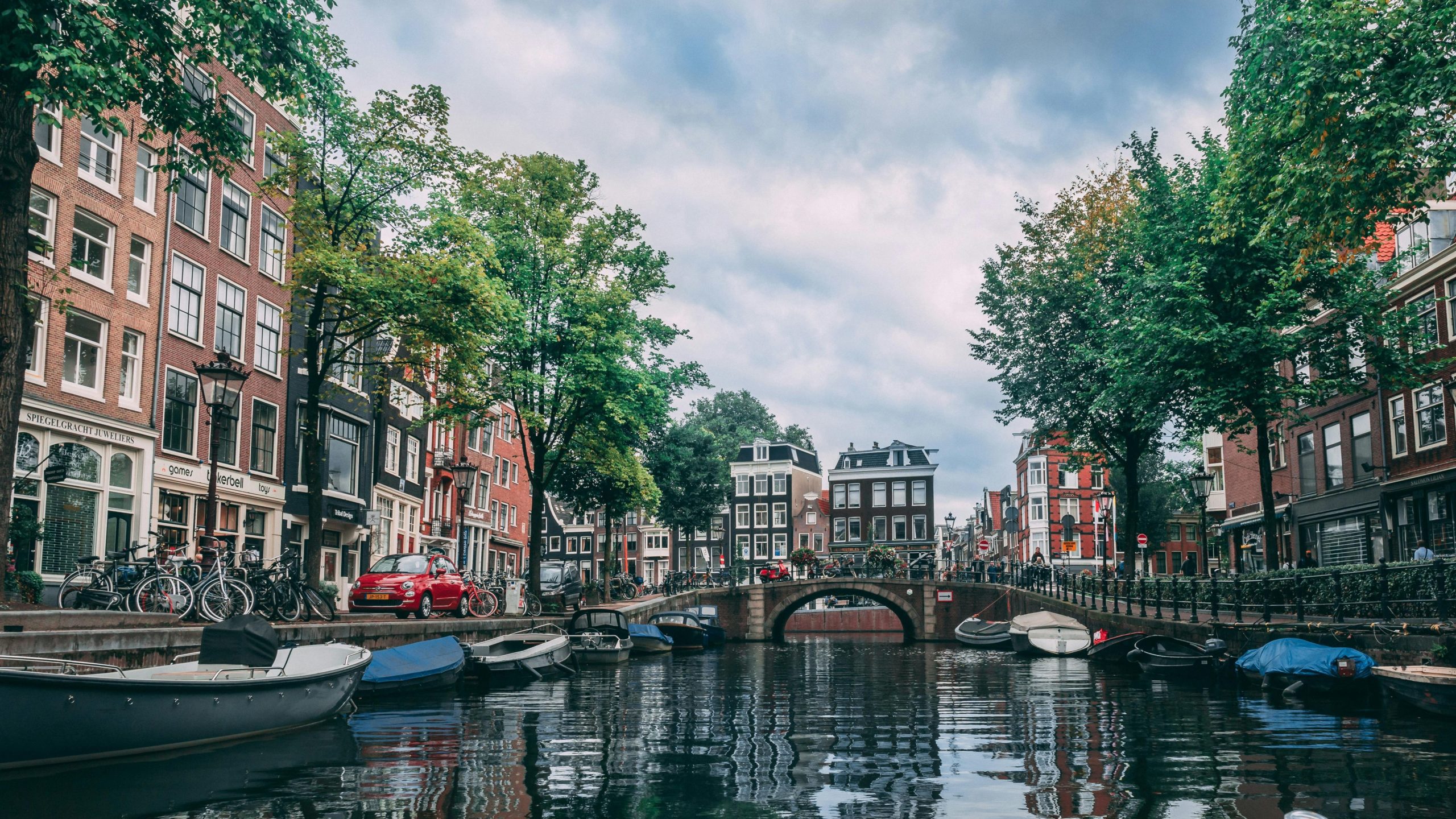Dreaming of a winter wonderland adventure this January?
Planning a trip during the colder months can sometimes be daunting, especially when it comes to a picturesque yet chilly destination like Switzerland.
The best way to kick off your Swiss journey is by starting in the scenic town of Lake Lucerne, easily accessible from Zurich and close to other major attractions.
In this ultimate guide, we’ll provide you with essential tips on accommodations, transportation, must-visit spots, and thrilling winter activities to ensure your Switzerland January itinerary is as magical and seamless as possible.
Starting Your Switzerland January Itinerary: Arrival Tips

Arriving in Switzerland during January means stepping into a winter wonderland, but it’s essential to plan your first steps carefully. Zurich Airport is a common entry point and offers easy access to various modes of transportation that can whisk you away to your first destination. Whether you’re heading straight to a ski resort or planning to explore the cities, knowing your transfer options ahead of time will save you both time and stress.
Once you’ve landed, consider grabbing a bite at one of the airport’s cozy cafes or restaurants. This is also a perfect time to pick up any last-minute winter gear. Shops within the airport offer everything from warm clothing to snow boots, ensuring you’re well-equipped for the Swiss winter ahead. With your essentials sorted, you’re ready to dive into the heart of your Switzerland itinerary.
Where to Stay: Accommodations in Switzerland

Switzerland boasts a range of accommodation options to suit every traveler’s budget and style, especially during the winter season. From luxury hotels with stunning mountain views in places like Zermatt and St. Moritz to cozy hostels in cities like Zurich and Geneva, there’s something for everyone. Booking in advance is highly recommended, as January is a peak time due to the ski season.
For those looking for a unique experience, consider staying in a traditional chalet or an Alpine lodge. These accommodations often offer direct access to ski slopes and come with the charm of rustic living, complete with fireplaces and communal dining areas. Here are a few options:
- Budget: Hostels and guesthouses in city centers or near train stations.
- Mid-range: Comfortable hotels or B&Bs with scenic views.
- Luxury: High-end resorts and private chalets with ski-in, ski-out access.
Navigating Switzerland: Transportation Tips

Navigating through Switzerland is a breeze thanks to its efficient and comprehensive public transportation network. The Swiss Travel System includes trains, buses, and boats that connect not just major cities but also smaller towns and mountainous areas. For scenic routes, don’t miss the famous Swiss trains like the Glacier Express or the Bernina Express, which offer panoramic views of the snow-covered landscapes.
For those staying in cities, trams and buses are convenient for short distances, while the Swiss Travel Pass offers unlimited travel on the public transportation network and discounts on mountain railways and cable cars. Here’s a quick guide to help you choose:
- City travel: Use trams and buses; consider a day pass for unlimited rides.
- Exploring the countryside: Swiss Travel Pass for trains and buses; check for regional passes for additional savings on local attractions.
Must-Visit Places in Switzerland During January

January in Switzerland transforms the landscape into a breathtaking winter paradise, making certain destinations absolutely magical. Zermatt is a must-visit, where the iconic Matterhorn looms over the village, offering world-class skiing and stunning views. For those who enjoy serene beauty, the Bernese Oberland region is perfect, with its picturesque towns like Grindelwald and the majestic Jungfrau mountain providing a spectacular backdrop. These locations not only offer incredible views but also a range of winter sports and leisure activities.
Venturing into the Swiss towns during January provides a unique charm, especially with the festive atmosphere lingering from the holiday season. Lucerne is particularly enchanting with its snow-covered cobblestone streets and the historical Chapel Bridge, creating a storybook setting. For a tranquil retreat, consider a day trip to Mount Rigi or Mount Pilatus; both are accessible via a scenic train ride and offer panoramic views of the snow-draped landscapes. These destinations are ideal for those seeking a blend of relaxation and adventure in the Swiss winter.
Winter Sports and Adventures in Switzerland

Switzerland transforms into a winter sports paradise every January, offering an array of activities that cater to both adrenaline junkies and those seeking leisurely adventures. From the world-renowned ski slopes of Zermatt and Verbier to the thrilling experience of paragliding over the snow-covered Swiss Alps, the country provides ample opportunities for visitors to enjoy the great outdoors. The crisp Alpine air and the pristine white landscapes create the perfect backdrop for an unforgettable winter adventure.
Beyond skiing, Switzerland offers unique winter sports like ice climbing in Pontresina and bobsledding in St. Moritz. For those who prefer a slower pace, romantic horse-drawn sleigh rides through the countryside or serene winter hikes along the trails of the Jungfrau region are delightful alternatives. Each activity is designed to make the most of the stunning natural scenery and provide visitors with a deep connection to this winter wonderland.
Scenic Train Rides in Switzerland

One of the most magical ways to experience the winter beauty of Switzerland is through its scenic train rides. The Glacier Express and the Bernina Express are particularly famous for their panoramic views that sweep across the alpine landscapes, covered in a blanket of snow. These train rides offer a comfortable and mesmerizing journey through the heart of the Swiss Alps, showcasing majestic mountains, frozen lakes, and quaint villages adorned in winter attire.
Best Hot Chocolate Spots in Switzerland
When the Swiss cold bites, there’s nothing quite like warming up with a rich, creamy hot chocolate. Switzerland boasts some exceptional spots where you can savor this comforting drink. In Zurich, Café Schober offers a historic ambiance combined with delicious traditional hot chocolate. Meanwhile, in Lausanne, the charming café Le Barbare is renowned for its thick, decadent hot chocolate that promises to warm even the coldest winter day.
Top Winter Activities in Switzerland

Switzerland offers a plethora of winter activities that go beyond skiing and snowboarding. Snowshoeing through the tranquil, snow-laden trails of the Swiss National Park offers a peaceful retreat into nature, while ice skating on natural lakes provides a picturesque setting for fun with family and friends. For a truly relaxing experience, the thermal baths in places like Leukerbad provide a warm sanctuary against the chilly Alpine air, making them a perfect end to a day of winter exploration.
Weather in Switzerland: What to Expect in January
January in Switzerland presents a true winter wonderland experience, but it’s crucial to be prepared for the weather conditions you’ll encounter. During this month, the average daytime temperatures hover around 4°C (39°F), which can feel quite chilly, especially with the wind factor. At night, temperatures often drop to around -2°C (29°F), and combined with the average of 11 days of rain or snow, it’s essential to pack and dress accordingly to stay warm and dry.
Despite the cold, January is a popular time for visiting Switzerland, particularly for winter sports enthusiasts. The snowy landscape not only offers stunning scenic beauty but also ideal conditions for skiing and snowboarding. With daylight lasting for about 9 hours, you’ll have ample time to enjoy outdoor activities. Just remember, the weather can change quickly in the mountains, so it’s wise to check local weather updates regularly and be prepared for varying conditions.
Currency Tips for Switzerland Travel
When traveling to Switzerland, it’s best to use Swiss Francs (CHF) for transactions, as this is the official currency. While Euros might be accepted in some tourist areas, the exchange rates are often unfavorable. Credit and debit cards are widely accepted, especially Visa and Mastercard. To avoid high fees, ensure that transactions are processed in CHF rather than your home currency. Inform your bank about your travel plans to prevent your card from being blocked for suspected fraud. It’s also a good idea to have some cash for smaller expenses where cards may not be accepted.
Packing Tips for Your January Trip to Switzerland
Packing for a January trip to Switzerland requires careful planning to ensure you stay warm and comfortable. Essential items include thermal underwear, a heavy winter coat, waterproof boots, and accessories like hats, gloves, and scarves. Layering is key, so pack items that can be easily combined. Consider bringing a fleece jacket and waterproof outerwear for snowy or rainy days. Don’t forget a good moisturizer and lip balm to protect against the cold and dry air. If you plan on engaging in winter sports, gear like goggles and extra socks are also crucial.
Language Guide for Traveling in Switzerland
Switzerland is a linguistic mosaic, making it essential for travelers to have a basic understanding of the country’s language landscape. German, French, Italian, and Romansh are the four national languages, with German being the most predominant, especially in cities like Zurich and Lucerne. As a traveler, it’s advantageous to learn some key phrases in these languages, particularly in the regions where they are primarily spoken. For instance, knowing how to say “hello,” “thank you,” and “where is the bathroom?” can greatly enhance your interactions with locals. Here are quick tips for non-native speakers:
- German is widely spoken in the central and eastern parts, so phrases like “Guten Tag” (Good day) and “Danke” (Thank you) will be useful.
- French is useful in the western part, particularly around Geneva; “Bonjour” (Hello) and “Merci” (Thank you) can go a long way.
- In the southern regions like Ticino, Italian is predominant, so “Buongiorno” (Good morning) and “Grazie” (Thank you) are handy phrases.
- Although less common, Romansh is spoken in some parts of the canton of Grisons, so knowing a few words can be a delightful surprise to locals. English is also widely understood, especially by younger generations and in tourist-heavy areas, making it a reliable fallback for communication.
Enhance Your Trip with Indulge‘s Culinary Tours in Zurich
Enhancing your Swiss journey in January involves more than just snowy landscapes and winter sports; it’s also an opportunity to dive into Zurich’s rich culinary culture with INDULGE‘s curated food tours. These tours are designed to introduce food enthusiasts to Zurich’s traditional dishes and international cuisine, making every meal an exploration of taste and history. Whether you’re wandering through the Old Town or exploring the vibrant Zurich West, INDULGE offers a gastronomic adventure that complements the scenic beauty of Switzerland.
Booking a tour with INDULGE is not just about eating; it’s about experiencing Zurich’s culinary evolution. From tasting the renowned Swiss fondue to discovering local favorites by the Limmat River, each tour is an intimate encounter with the city’s gastronomic heritage. To make your January trip truly unforgettable, consider adding an INDULGE culinary tour to your itinerary. Explore more and book your culinary journey at INDULGE‘s website.
Frequently Asked Questions
Is Switzerland worth visiting in January?
Absolutely! January in Switzerland presents a true winter wonderland experience, ideal for winter sports enthusiasts and those who appreciate scenic beauty. The snowy landscape offers stunning views and perfect conditions for skiing and snowboarding. With daylight lasting about 9 hours, there’s ample time to enjoy outdoor activities, making it a spectacular time for a visit.
Which city in Switzerland is best to visit in winter?
Lucerne is particularly enchanting in winter with its snow-covered cobblestone streets and the historical Chapel Bridge, creating a storybook setting. It’s an excellent choice for those seeking a blend of relaxation and adventure in the Swiss winter.
Is 4 days enough in Switzerland?
While 4 days in Switzerland will allow you to see some of the major highlights, it might be a bit rushed, especially if you want to engage in winter sports or explore multiple regions. A longer stay would give you a more relaxed and comprehensive experience, particularly if you’re interested in traveling through the scenic routes like the Glacier Express or exploring both cities and mountainous areas.








